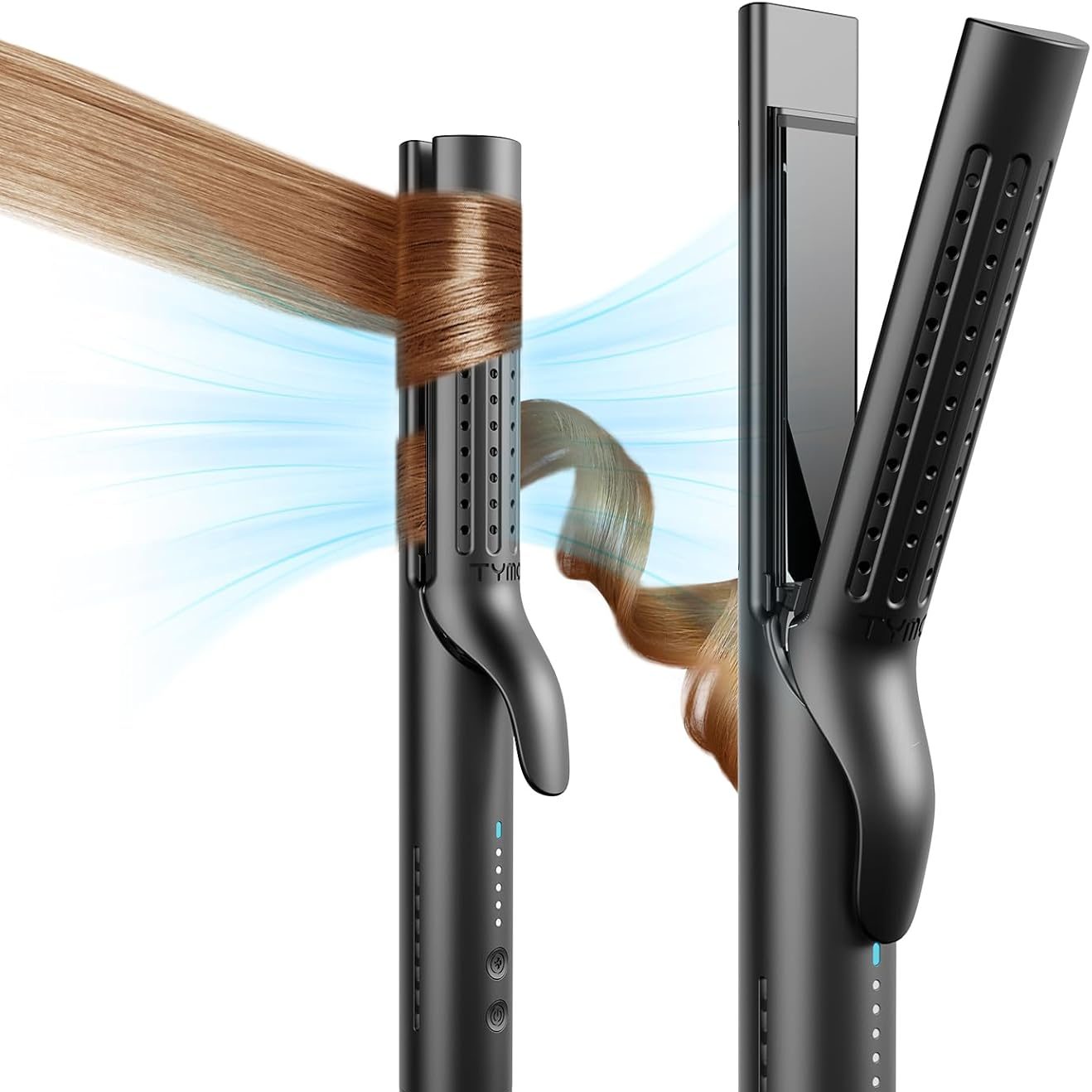China continues to be a global powerhouse for sourcing goods, offering unparalleled manufacturing capabilities, competitive pricing, and a diverse range of products. For entrepreneurs looking to maximize returns in 2025, understanding how to identify high-demand, high-return goods and navigating the sourcing process is key. This guide explores how to source effectively in China and highlights products with strong profit potential.
Why Source from China?
China’s dominance in global trade stems from several advantages:
- Economies of Scale: Large production capacities reduce unit costs.
- Diverse Manufacturing: From cutting-edge technology to traditional handicrafts, the options are vast.
- Innovation Hubs: Cities like Shenzhen lead in innovation, especially in tech.
- Improved Logistics: Advances in shipping and e-commerce infrastructure make international trade more seamless than ever.
Steps to Sourcing High-Return Goods in China
1. Identify Profitable Niches
Start by researching market trends and consumer demands in your target region. High-return goods are typically:
- In-demand globally: Items like sustainable products, tech gadgets, or niche fashion.
- Low-cost to source: Products with a high markup potential.
- Lightweight and compact: Reduces shipping costs, increasing profitability.
Tools for Research:
- Google Trends: Analyze search interest over time.
- Amazon Best Sellers: Discover trending products.
- Industry Reports: Access detailed insights from market research firms.
2. Find Reliable Suppliers
Choosing the right supplier can make or break your business. Here’s how to find trustworthy partners:
- Visit Trade Platforms: Platforms like Alibaba, Made-in-China, and Global Sources offer access to thousands of verified suppliers.
- Attend Trade Fairs: Events like the Canton Fair or Yiwu Fair allow direct interaction with manufacturers.
- Leverage Personal Networks: Establish connections through referrals or sourcing agents.
Tip for Entrepreneurs: Verify suppliers by checking certifications (e.g., ISO, CE) and requesting product samples before committing.
3. Evaluate Production Quality
In 2025, consumers are increasingly quality-conscious. Substandard goods can harm your brand reputation. Ensure quality by:
- Conducting factory audits (in person or via third-party inspectors).
- Requesting samples or prototypes to assess material and craftsmanship.
- Establishing clear quality control measures in contracts.
4. Negotiate Effectively
Strong negotiation skills can improve your margins. Key negotiation points include:
- Price per unit: Leverage volume discounts.
- Payment terms: Secure favorable conditions like a small deposit with the balance paid after shipment.
- Shipping costs: Explore whether suppliers can assist with cost-effective logistics.
5. Optimize Logistics and Customs
Efficient shipping and customs clearance are essential for profitability.
- Shipping Methods: Choose between air freight (fast but costly) or sea freight (slower but cheaper).
- Freight Forwarders: Use professionals to simplify customs processes and documentation.
- Packaging: Ensure products are securely packed to avoid damage.
High-Return Goods to Source from China in 2025
1. Smart Gadgets and Electronics
China remains the global leader in electronics manufacturing. High-return options include:
- Wearable tech: Smartwatches, fitness trackers, and AR glasses.
- Portable devices: Power banks, Bluetooth earphones, and compact projectors.
- IoT-enabled appliances: Smart home devices like security cameras and thermostats.
2. Eco-Friendly Products
The global shift towards sustainability makes these products lucrative:
- Reusable items: Bamboo utensils, cloth shopping bags, and silicone storage bags.
- Green packaging: Biodegradable and compostable packaging solutions.
- Solar-powered gadgets: Solar chargers, garden lights, and camping accessories.
3. Fashion and Accessories
China offers diverse options for the fashion industry, including:
- Customized apparel: Streetwear, activewear, and niche designs.
- Jewelry: Gold-plated or sterling silver pieces with cultural or minimalist designs.
- Accessories: Luxury-inspired handbags, belts, and sunglasses.
4. Health and Wellness Products
Tap into the booming health-conscious market:
- Fitness equipment: Resistance bands, yoga mats, and home gym accessories.
- Beauty tools: Facial massagers, derma rollers, and LED therapy masks.
- Herbal supplements: Traditional Chinese medicine products.
5. Home Improvement and Decor
Consumers are investing in their living spaces, driving demand for:
- Smart furniture: Multifunctional or compact pieces.
- Decorative lighting: LED string lights and designer lamps.
- Storage solutions: Space-saving organizers and shelves.
6. Educational Supplies and Toys
As remote learning and STEM education grow, so does the demand for:
- STEM kits: Robotics and coding kits.
- Creative toys: Eco-friendly art supplies and DIY kits.
- Learning aids: Flashcards, books, and interactive games.
Challenges in Sourcing from China and How to Overcome Them
1. Language Barriers
Many manufacturers speak limited English. Solution: (Bairuida Trade) Bilingual purchasing agent or use translation tool.
2. Quality Control Issues
Poor-quality goods can ruin your business. Solution: Perform regular inspections and work with experienced quality assurance firms.
3. Intellectual Property (IP) Concerns
Imitation is common in competitive industries. Solution: Register your trademarks and patents in China and vet suppliers carefully.
Conclusion
Sourcing high-return goods from China in 2025 presents incredible opportunities for entrepreneurs. By researching trends, partnering with reliable suppliers, and focusing on quality, you can build a thriving export business. Whether you’re targeting tech-savvy consumers or the eco-conscious market, China offers an extensive array of products to meet global demand.
Now is the time to dive into China’s dynamic sourcing landscape and position your business for success!





Recent Comments